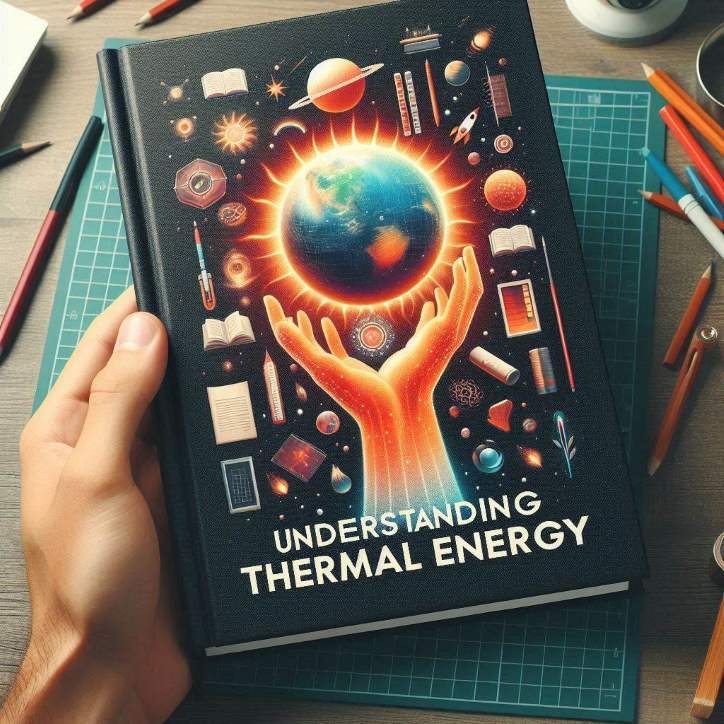Stories have long captivated us with their ability to reveal hidden truths. From the concealed motives of characters to the secrets buried deep within a narrative, literature thrives on unearthing what lies beneath the surface. The concept of thermal imaging, often associated with electrical inspections, is a fascinating metaphor for this process. Much like a thermographic survey unveils potential issues within electrical systems, storytelling uncovers concealed layers of human experience, intent, and emotion.
A thermographic survey is critical in electrical maintenance, identifying hidden problems like overheating or failing components before they escalate. Similarly, literature often serves as a tool for probing into unseen aspects of the human condition, bringing hidden motives, desires, and truths to light. Whether it’s a plot twist that exposes a character’s secret or the unraveling of a deeply buried societal issue, stories act as thermal imaging devices for the soul.
Hidden Motives and Unveiled Truths in Literature
Literature is rich, with examples of hidden truths coming to light. Some notable themes include:
- Concealed Motives: Characters like Shakespeare’s Iago in Othello disguise their malicious intentions, manipulating others while hiding their true nature. The dramatic irony of Iago’s deceit mirrors how thermal imaging exposes underlying issues in electrical systems, preventing unseen dangers from causing catastrophic outcomes.
- Buried Secrets: In The Great Gatsby, F. Scott Fitzgerald slowly unveils Jay Gatsby’s concealed past and unrelenting quest for love. Much like thermal imaging highlights what lies beneath the visible spectrum; the novel reveals truths pivotal to understanding its characters and their motivations.
- Repressed Emotions: Charlotte Perkins Gilman’s The Yellow Wallpaper explores the protagonist’s mental health and societal constraints, using subtle details to reveal deeper truths. The story’s nuanced unraveling of hidden struggles reflects the meticulous work of thermal inspections that identify what isn’t immediately visible.
The Power of Seeing Beyond the Surface
Both literature and thermal imaging emphasize the importance of looking beyond what is immediately apparent. This shared quality underscores their role in enhancing understanding and preventing potential crises.
In electrical systems, thermal imaging can detect issues like:
- Overheating circuits
- Loose connections
- Failing components
By identifying these problems early, thermographic surveys prevent costly repairs and improve safety. Literature performs a similar function by bringing critical truths to the forefront, allowing societies to address underlying issues like inequality, injustice, or psychological distress.
For example, Harper Lee’s To Kill a Mockingbird uses storytelling to uncover racial prejudice and moral dilemmas, offering a lens through which readers can examine societal flaws. In both literature and electrical maintenance, the act of uncovering the unseen leads to growth, change, and safety.
Metaphors for Modern Safety and Storytelling
The intersection of thermal imaging and literature isn’t just theoretical. Both involve meticulous observation, interpretation, and action based on findings. Here’s how their parallels are striking:
- Preventive Measures: Just as thermal imaging prevents fires by addressing electrical hazards early, literature often acts as a societal mirror, prompting action before issues escalate. For instance, dystopian novels like George Orwell’s 1984 highlight the potential dangers of authoritarianism, encouraging readers to safeguard their freedoms.
- Emphasizing Patterns: Thermal imaging reveals heat patterns that indicate trouble. Similarly, stories like Agatha Christie’s mysteries rely on behavior patterns and dialogue to lead readers to the truth.
- Bringing Clarity: Where thermal inspections provide a clearer picture of electrical systems, storytelling clarifies human emotions and societal dynamics. Both help navigate complexities by shining light on the unseen.
Practical Insights From Both Worlds
Thermal imaging and storytelling share another trait: the ability to inspire action. Whether fixing an electrical fault or confronting a personal truth, these tools help us respond effectively to challenges. Some lessons include:
- Early Detection Matters: When addressing electrical risks or tackling social issues, catching problems early can prevent larger disasters.
- Interpretation is Key: Both require skillful interpretation of findings to take meaningful action.
- The Unseen Holds Power: Paying attention to what lies beneath surfaces—whether literal or metaphorical—unlocks deeper understanding and solutions.
READ ALSO: 10 Timeless Lessons From Classic Literature That Elevate Sports Broadcast Sites
Conclusion
Thermal imaging and literature are powerful in their ability to reveal hidden truths. One safeguards electrical systems, while the other illuminates the human experience. By reflecting on their similarities, we gain a new appreciation for the importance of uncovering what’s hidden. Both remind us that truth often resides beneath the surface, waiting to be discovered.

